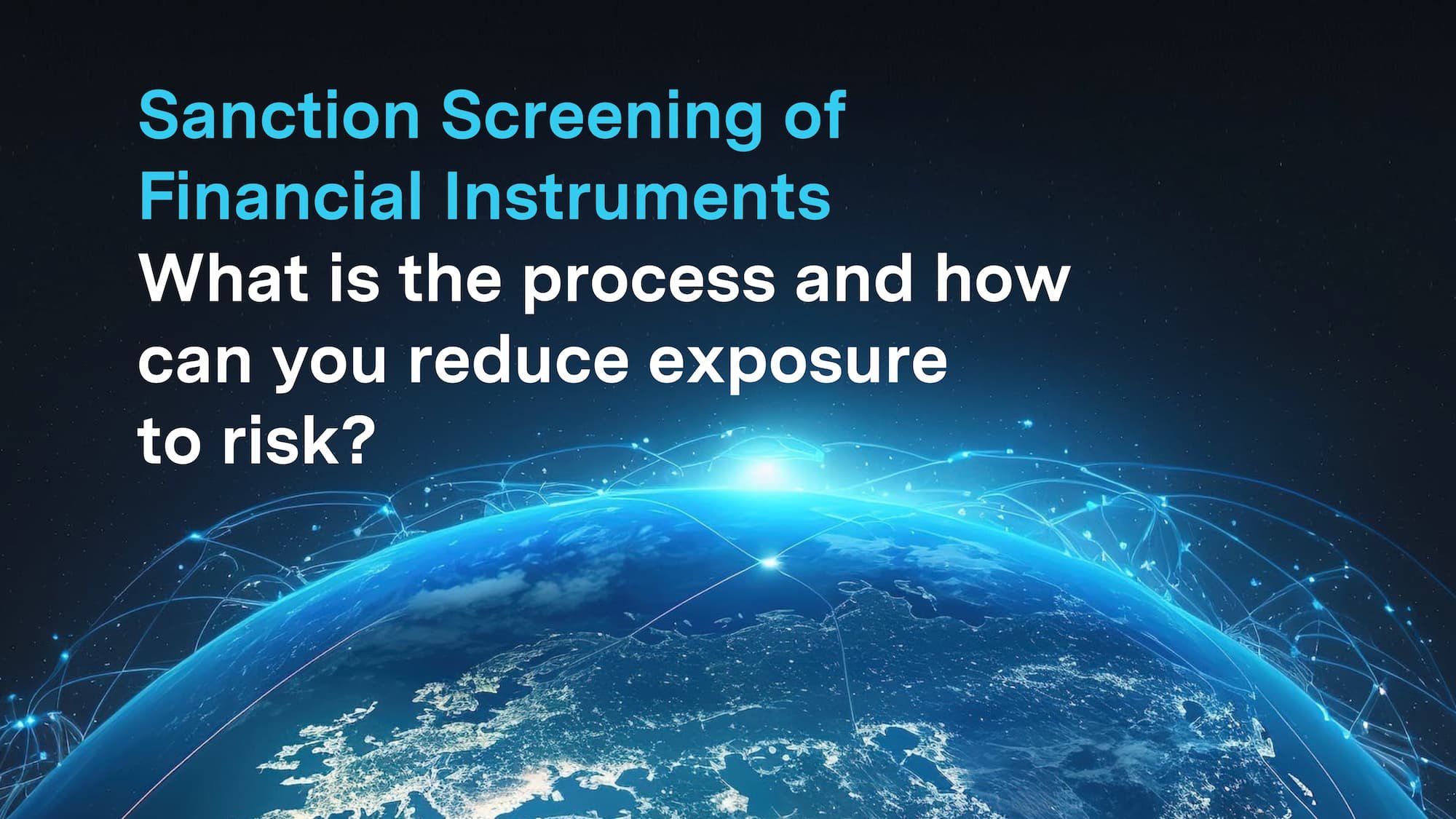
Insights
Explore expert insights on AI, Predictive Analytics, financial crime prevention and regulatory compliance. Our articles cover key topics including AML, KYC, sanctions screening, and emerging technologies - offering strategic perspectives, practical guidance, and thought leadership for organisations navigating an evolving risk and regulatory landscape with the help of the latest technology solutions.
Exploring the intersection of intelligence, regulation, and technology in a changing world.
Select Category
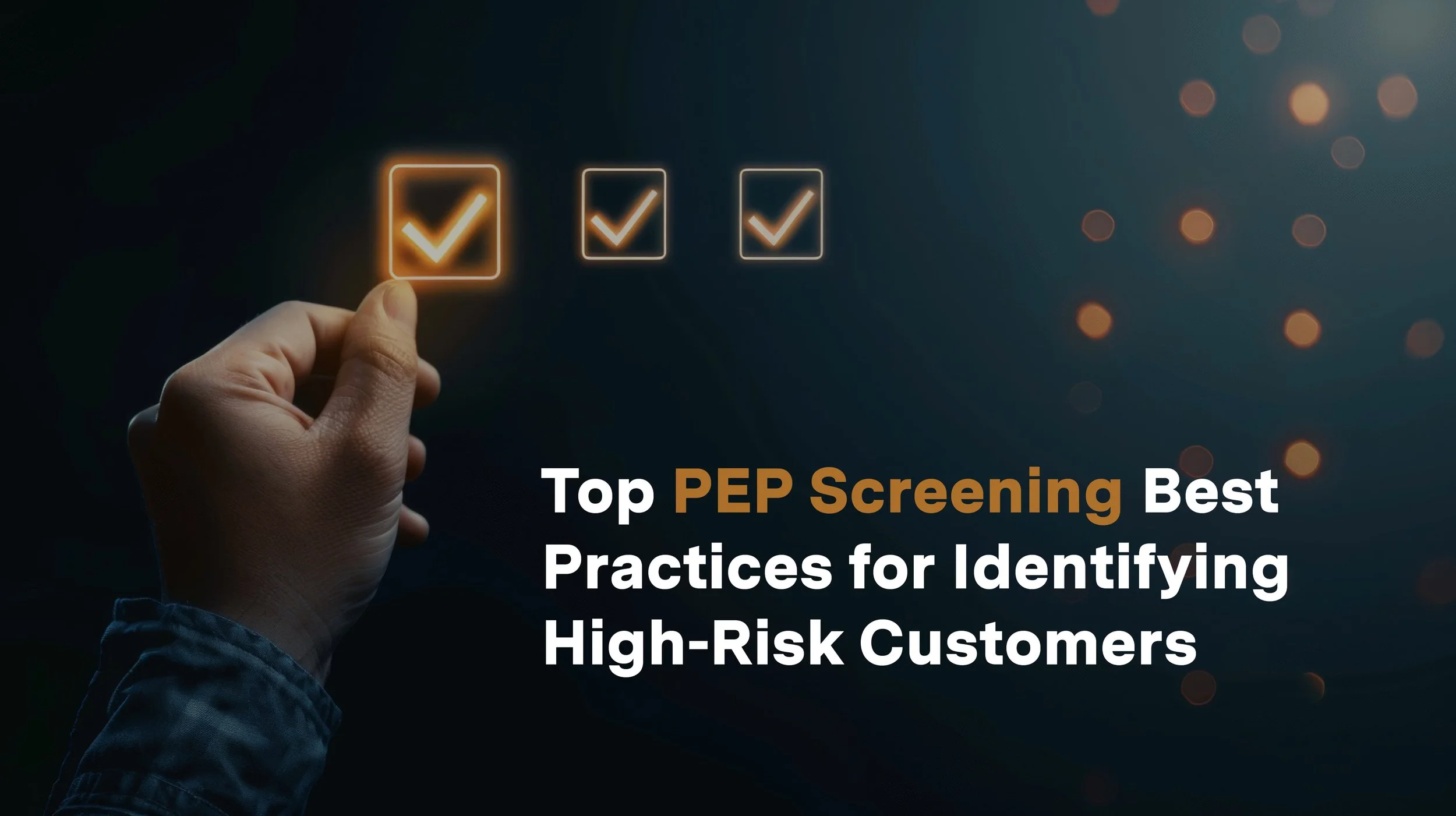
Top PEP Screening Best Practices for Identifying High-Risk Customers
To mitigate money laundering and corruption risks, financial institutions must apply rigorous Politically Exposed Person (PEP) screening processes. This article outlines essential best practices for identifying high-risk customers, overcoming data and regulatory challenges, and implementing effective technologies to ensure compliance with global AML frameworks.
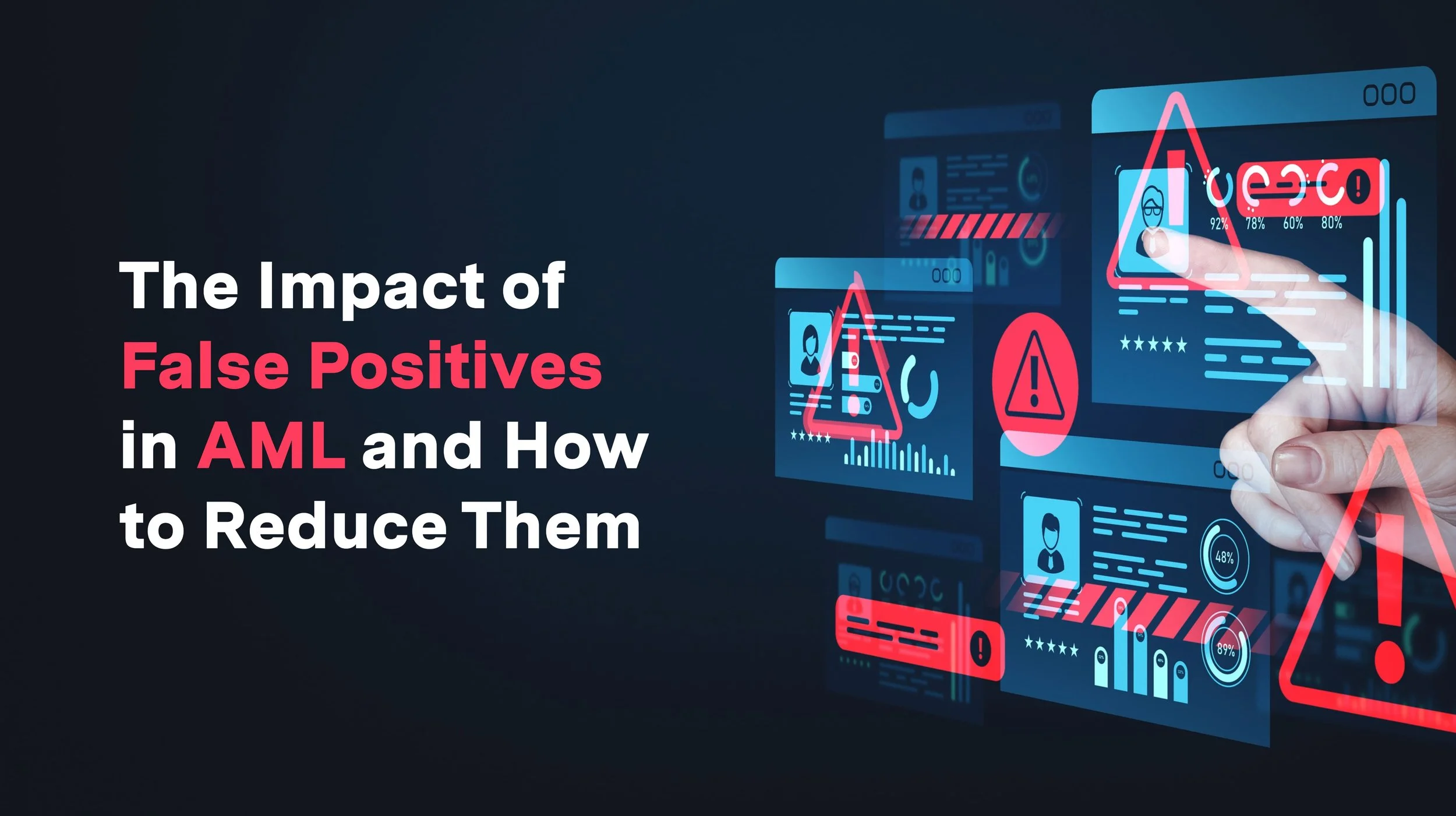
The Impact of False Positives in AML and How to Reduce Them
False positives in Anti-Money Laundering (AML) not only waste compliance resources — they also risk damaging customer relationships and delaying genuine alerts. This guide explores the root causes of AML false positives and offers practical, AI-driven strategies to reduce them while enhancing efficiency and customer trust.
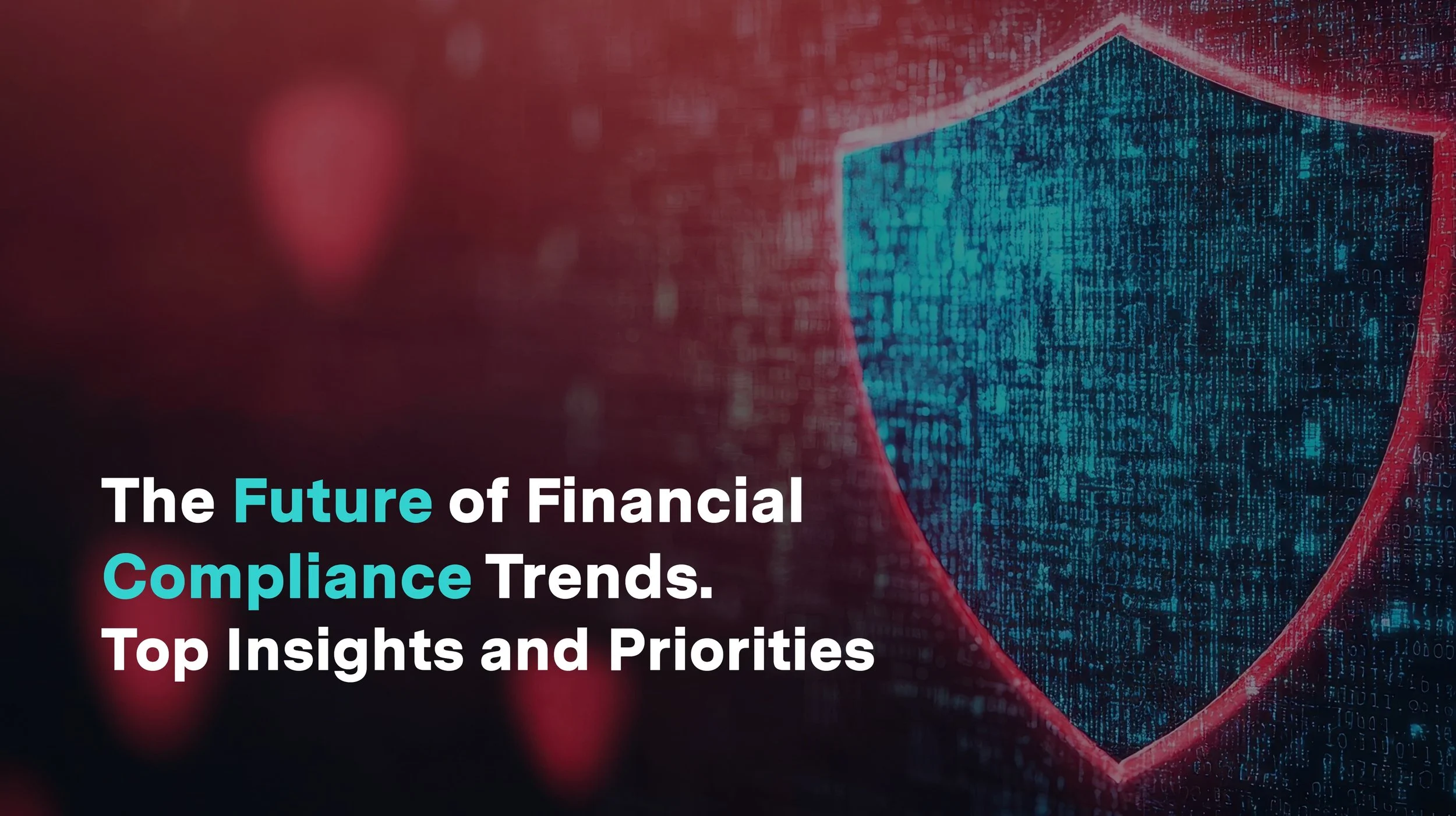
The Future of Financial Compliance Trends to Watch in 2025: Top Insights and Priorities
By 2025, the compliance landscape will be fundamentally reshaped. From AI-driven surveillance and federated learning to stricter crypto regulations and ESG integration, this article explores the transformative trends shaping financial compliance. Learn how institutions can stay ahead of regulatory complexity while improving detection, protecting data privacy, and streamlining operations.
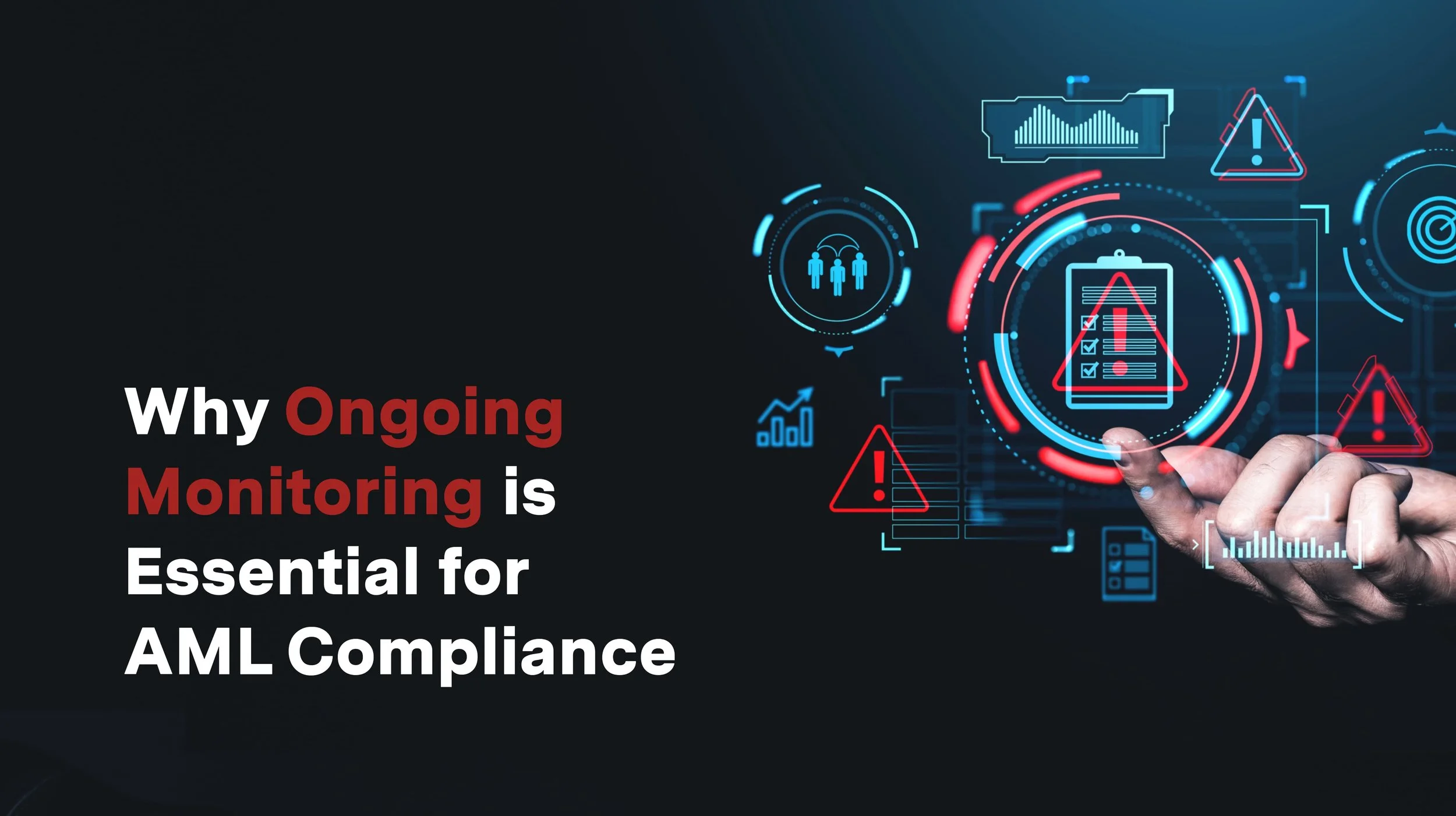
Why Ongoing Monitoring is Essential for AML Compliance: Key Benefits and Strategies
Ongoing monitoring is a critical pillar of any AML compliance framework. This article explores the core benefits of continuous surveillance, from real-time detection of suspicious activity to enhanced risk assessment and regulatory alignment. Learn how automation, risk profiling, and regular data updates can transform your compliance strategy and protect your institution from evolving financial crime threats.

Top Indicators: Insider Trading Red Flags How to Spot and Prevent Market Abuse
Learn how to detect and prevent insider trading by identifying key red flags—like unusual trading volumes and suspicious timing—before they escalate into market abuse. This guide explains how AI-driven monitoring, corporate governance, and real-time surveillance help maintain market integrity.
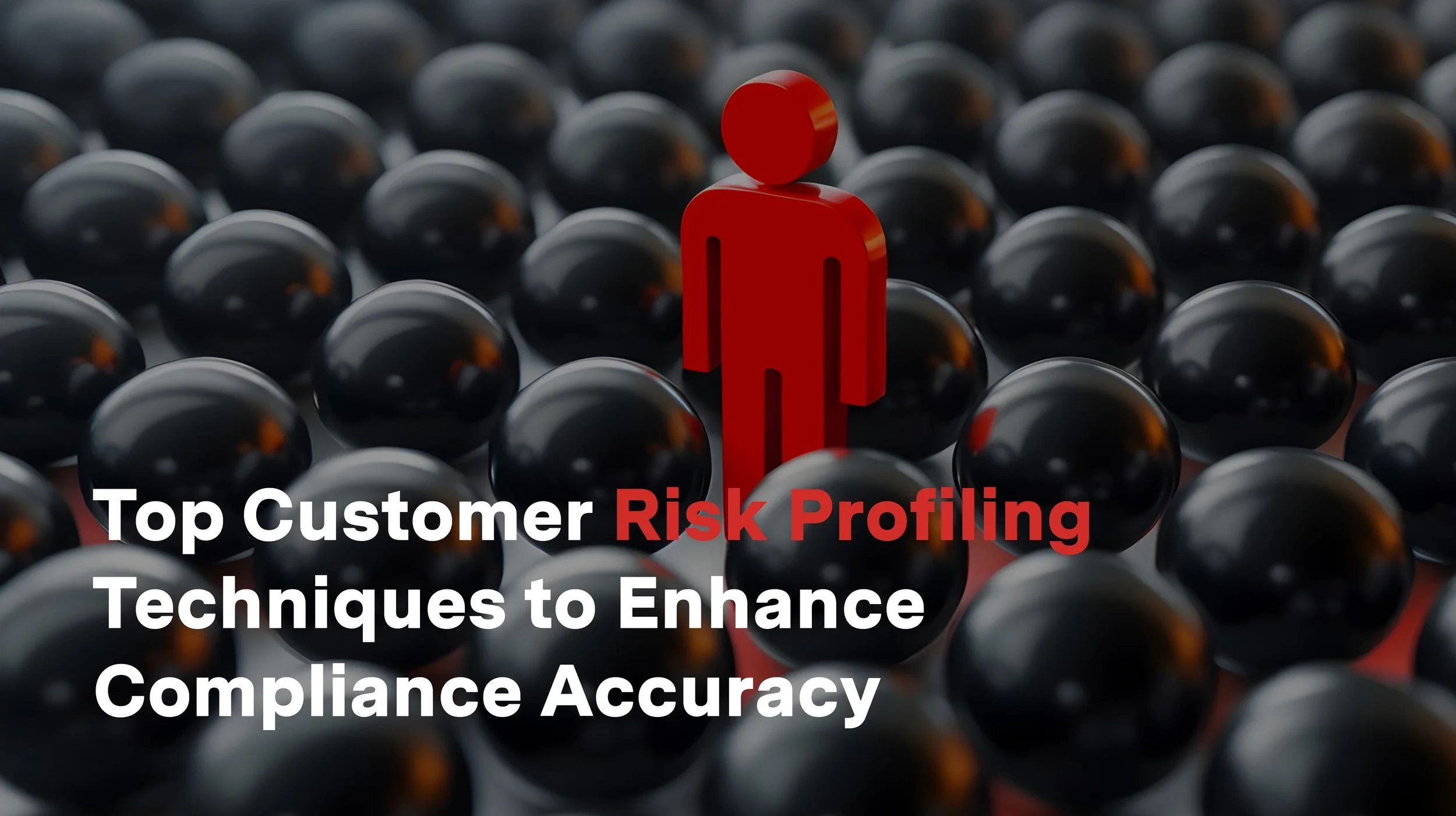
Top Customer Risk Profiling Techniques to Enhance Compliance Accuracy
Accurate customer risk profiling is essential for modern financial compliance. This expert guide explores key techniques like CDD, EDD, and AI-driven automation to help institutions identify high-risk customers, meet regulatory requirements, and proactively manage financial crime risk.
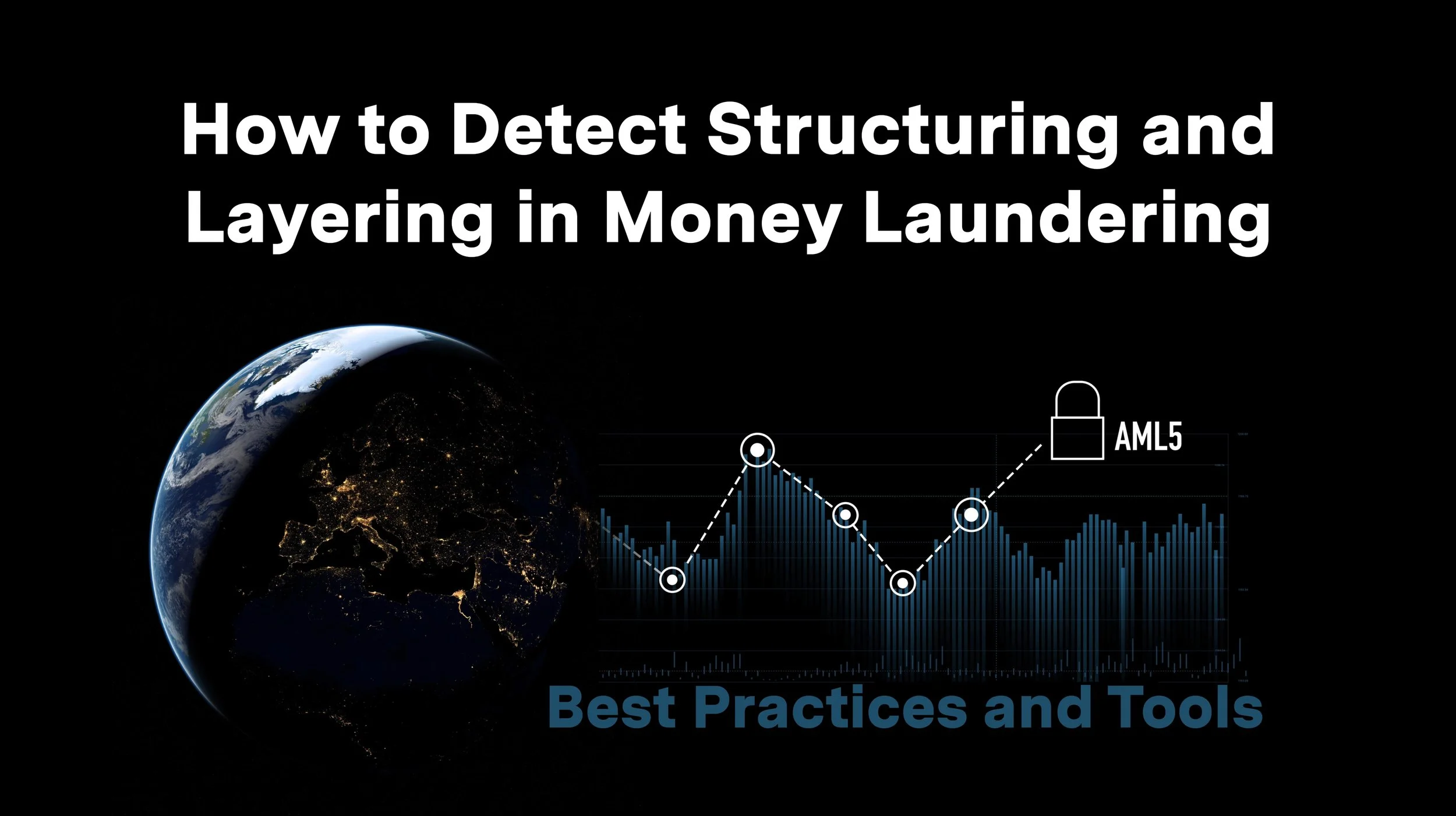
How to Detect Structuring and Layering in Money Laundering: Best Practices and Tools
Structuring and layering are core techniques in the money laundering cycle — and among the most difficult to detect. This guide explores how modern compliance teams can spot these behaviours using red flag indicators, real-time monitoring, and AI-driven analytics.
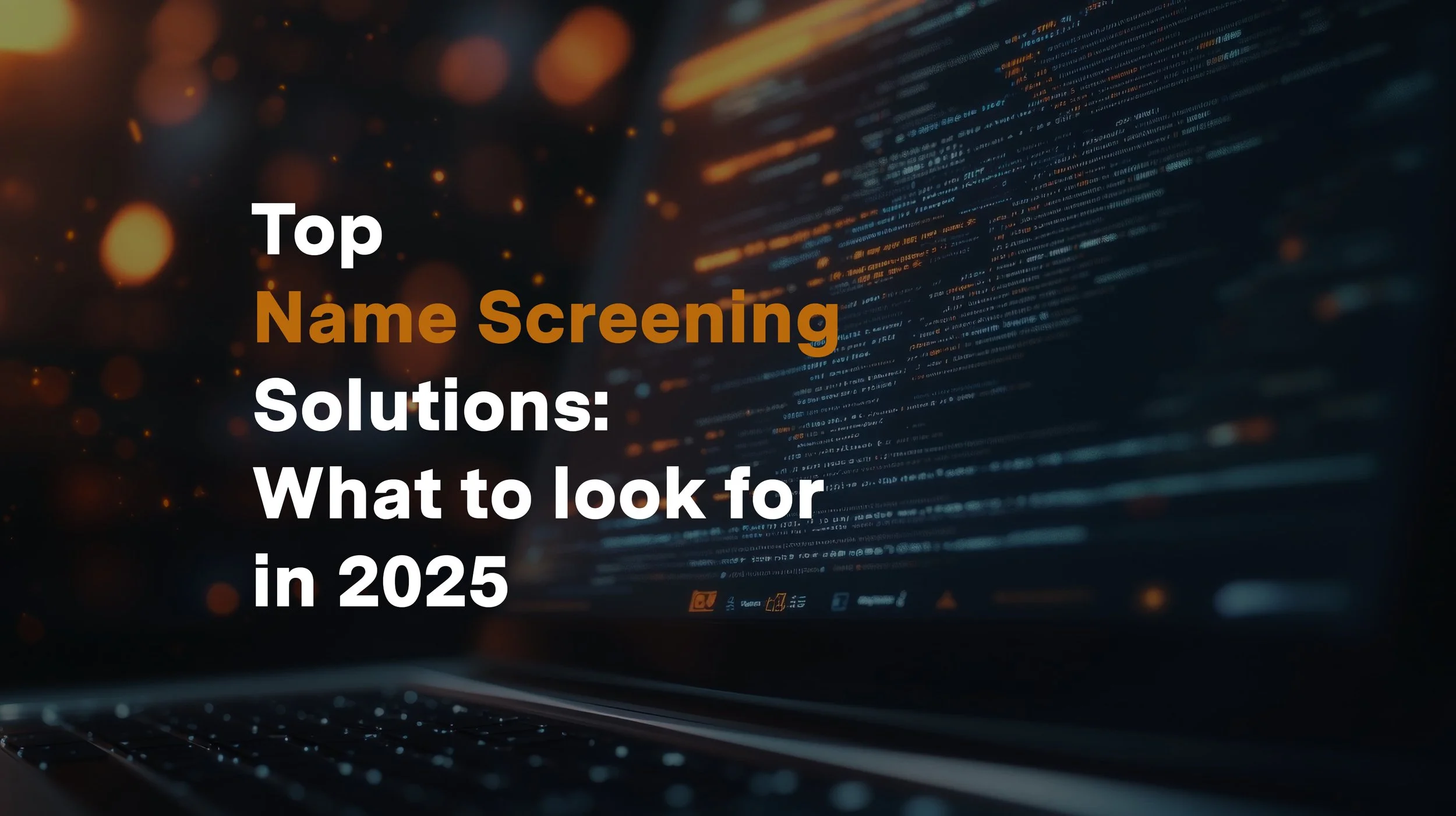
Top Name Screening Solutions: What to Look for in 2025
Discover what modern name screening solutions should deliver in 2025 — from AI-powered detection to real-time risk monitoring. Learn how to enhance compliance, reduce false positives, and stay ahead of evolving financial crime threats.

CDD & EDD: Essential Steps for Financial Compliance Success
Understanding the difference between Customer Due Diligence (CDD) and Enhanced Due Diligence (EDD) is critical for any compliance programme. This guide breaks down the core components of CDD and EDD, their regulatory foundations, and how they help financial institutions identify risk, meet AML obligations, and prevent financial crime through continuous monitoring, identity verification, and robust risk profiling.
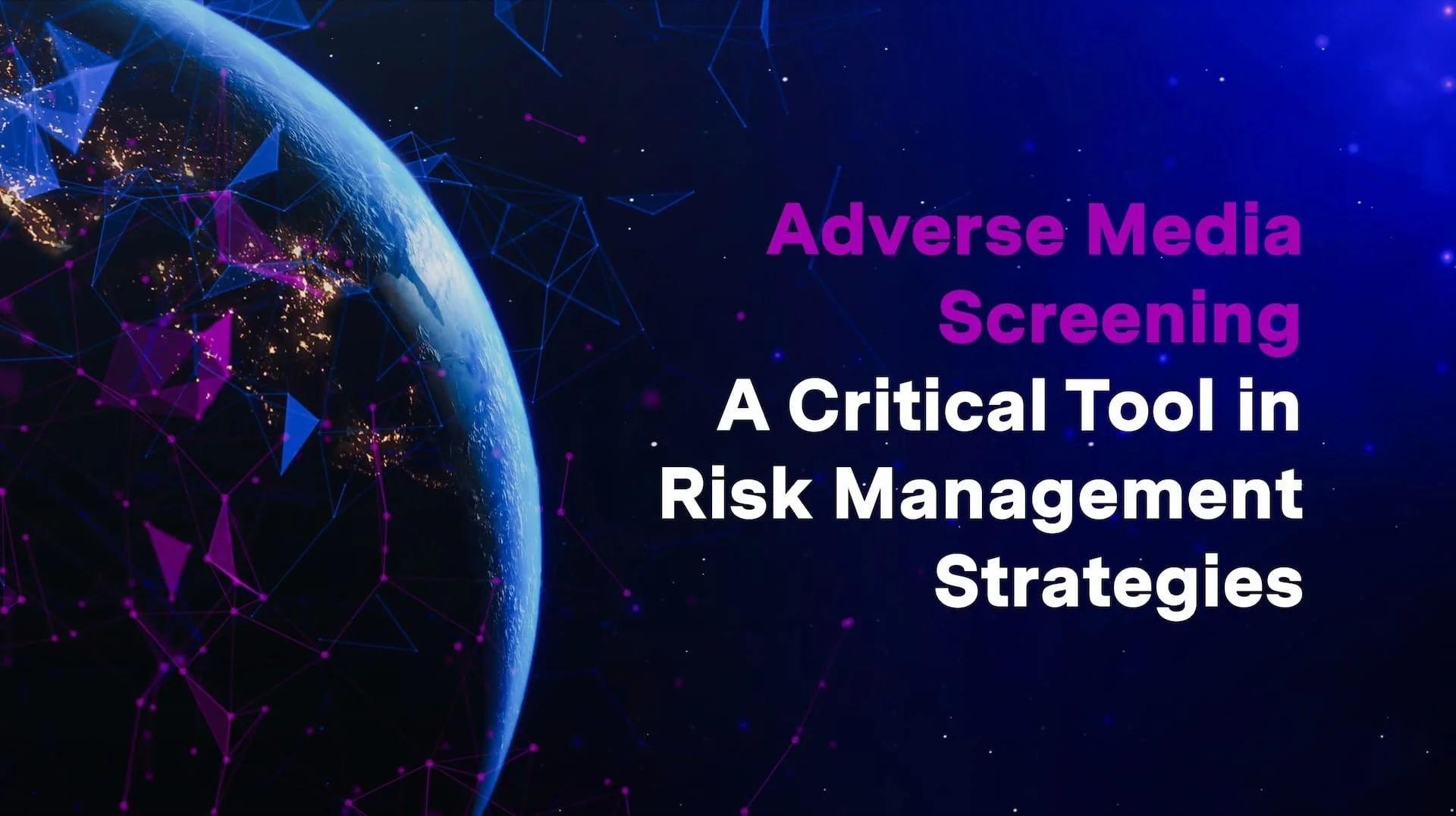
Adverse Media Screening: A Critical Tool in Risk Management Strategies
Adverse media screening plays a critical role in modern risk management by uncovering reputational threats, identifying financial crime indicators, and ensuring regulatory compliance. This article explores how financial institutions can leverage AI, machine learning, and continuous monitoring to transform unstructured media into actionable intelligence.

KYC Automation: Save Time and Stay Compliant in 2025
KYC automation is transforming compliance in 2025. By streamlining identity verification with AI, OCR, and real-time screening, businesses are accelerating onboarding, reducing costs, and ensuring regulatory compliance — all while enhancing customer experience and operational efficiency.

The Role of AI in Financial Crime Detection and Prevention: A Game-Changer for Risk Management
AI is transforming how financial institutions combat fraud, money laundering, and compliance fatigue. This article explores how machine learning, predictive analytics, and behavioural modelling are redefining risk management—enabling real-time detection, reducing false positives, and streamlining regulatory workflows.
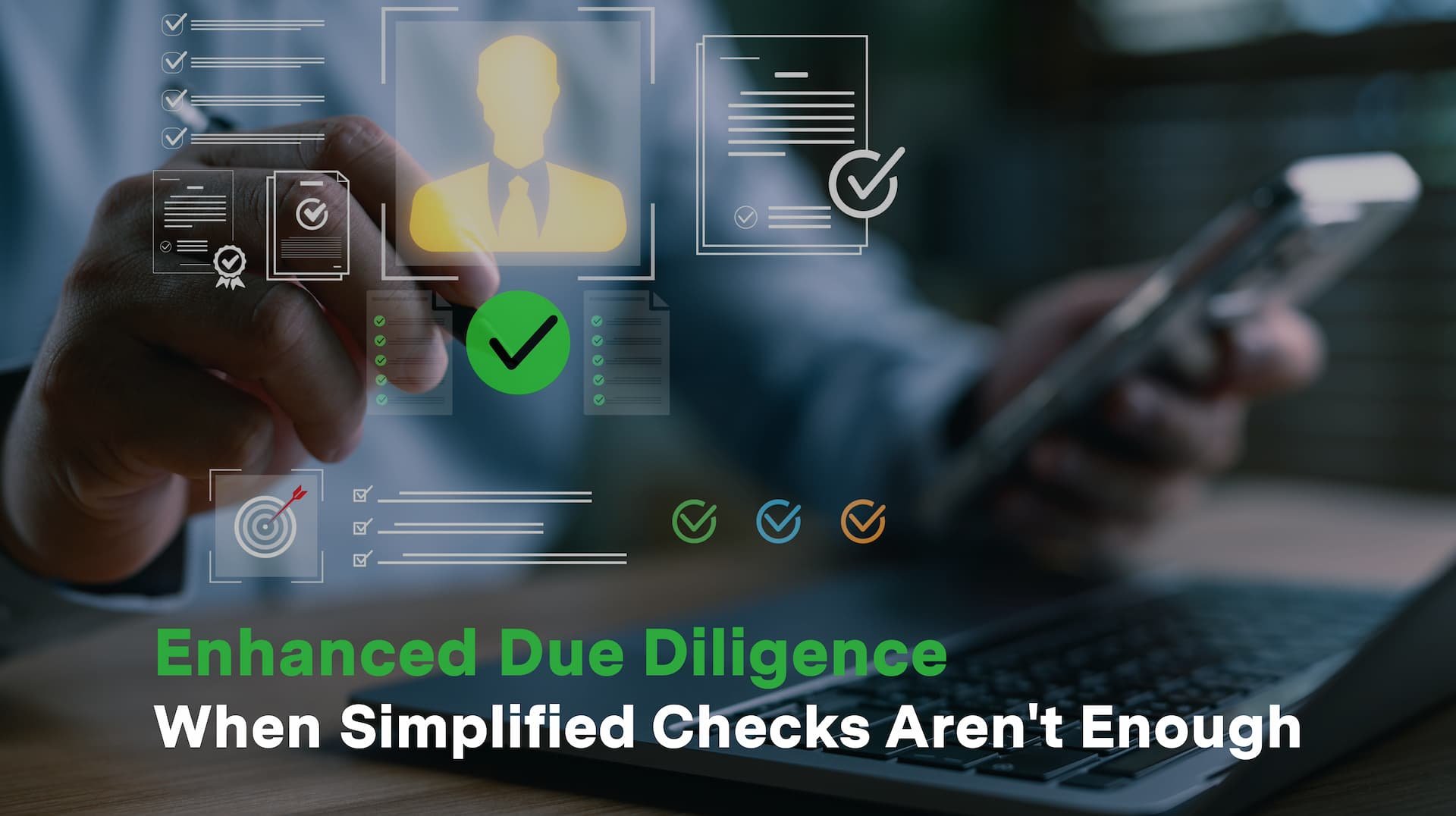
Enhanced Due Diligence: When Simplified Checks Aren't Enough
Enhanced Due Diligence (EDD) is essential when standard checks fall short. This article explores how financial institutions can identify high-risk customers, implement EDD best practices, and leverage advanced technologies like AI, machine learning, and real-time monitoring to stay compliant and proactive in preventing financial crime.

Expert Guide: AML Risk Scoring - How to Build a Smarter Compliance Framework
AML risk scoring is the foundation of a smart compliance framework. This expert guide breaks down how to build dynamic risk models, assess key risk factors, and leverage AI to detect financial crime faster and more accurately.

How Behavioural Analytics Detects Emerging Fraud Patterns Effectively
Behavioural analytics is reshaping fraud detection by analysing user behaviour in real-time to detect emerging threats. This article explores how AI, machine learning, and behavioural biometrics work together to reduce false positives, identify anomalies, and proactively prevent financial crime.

How Real Time Transaction Monitoring Prevents Financial Crime
Real-time transaction monitoring empowers financial institutions to detect suspicious activity the moment it occurs. This article explores how AI, machine learning, and behavioural analytics enhance detection accuracy, reduce false positives, and help firms stay compliant with evolving AML regulations.

Sanctions Screening Explained: How to Stay Compliant in 2025
Sanctions screening is essential in 2025 for mitigating financial crime risks and meeting global regulatory obligations. This guide explains how organisations can strengthen compliance by understanding evolving sanctions requirements, managing false positives, and implementing advanced screening technologies.
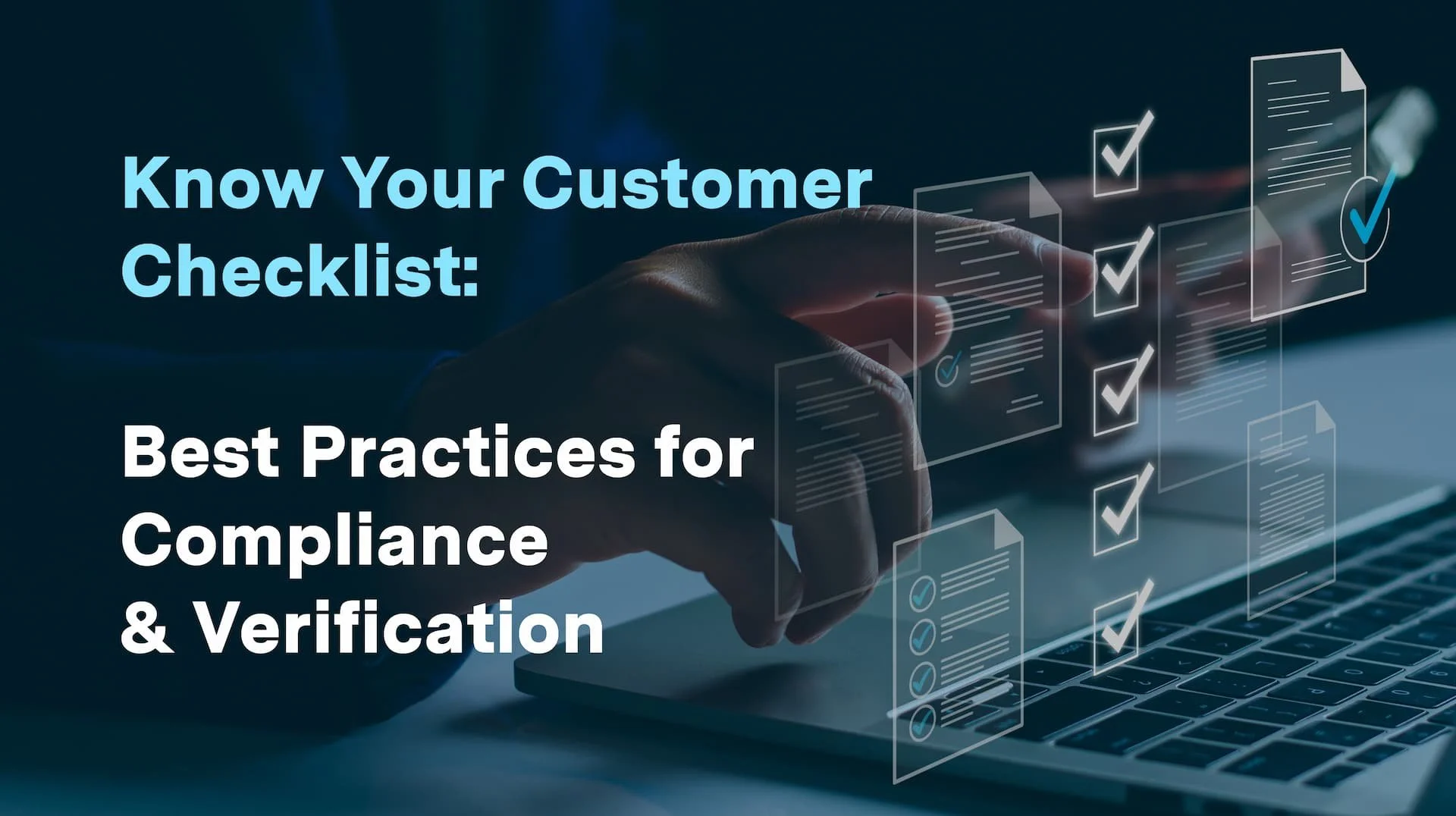
Know Your Customer Checklist: Best Practices for Compliance and Verification
Discover how to build an effective Know Your Customer (KYC) checklist that meets compliance requirements, mitigates risk, and enhances onboarding with the help of automation and best practices.
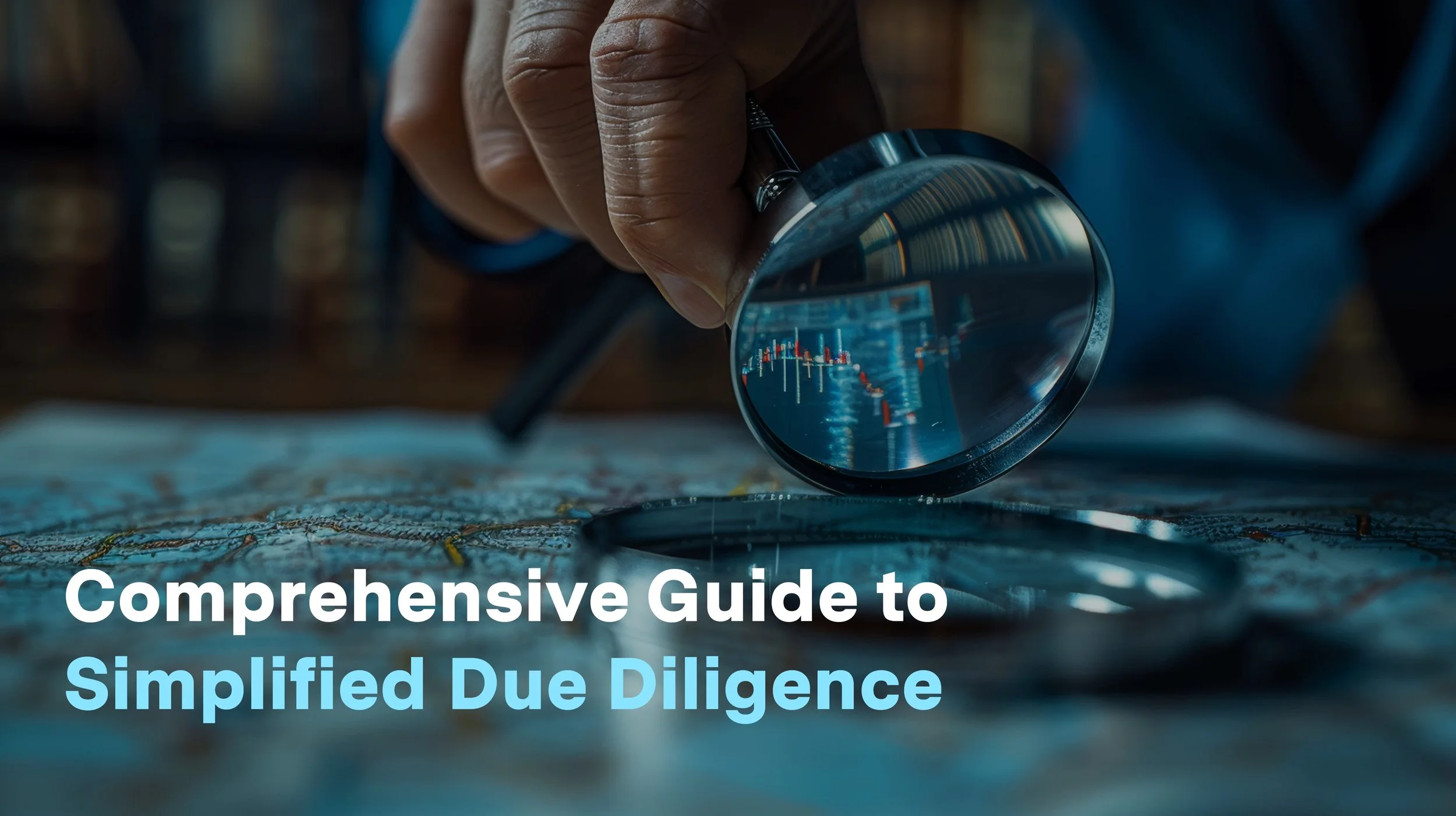
Comprehensive Guide to Simplified Due Diligence (SDD)
Simplified Due Diligence (SDD) helps financial institutions verify low-risk customers faster by applying proportionate, risk-based checks. This guide explores when SDD is appropriate, how to implement it effectively, and the role of automation in ensuring compliance without unnecessary friction.

Know Your Customer API: Streamline Your Identity Verification Process
In today’s digital-first economy, verifying customer identities swiftly and securely is essential for compliance, fraud prevention, and customer trust. Know Your Customer (KYC) APIs offer a powerful solution by automating identity verification processes, reducing manual tasks, and ensuring real-time compliance with global regulations. This guide explores how KYC APIs work, the different types available, key benefits, and what to consider when choosing the right API for your business.



